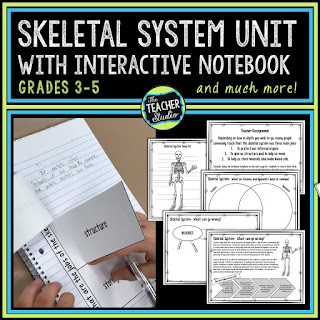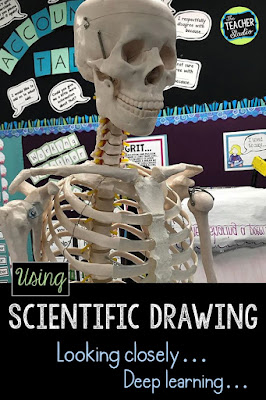Today as we returned to school trying to grapple with “normal”, we continued our attention on “looking closer”. We have been learning different strategies in both math and reading to “look closer” at text, at numbers, at patterns, and more. I want the students to work HARD at making sense of their world…to not just sit back and let it happen around them.
In reading we are focusing on informational text…and we are reading. And rereading. And discussing. And rereading–and I am beginning to see some “habits of mind” develop. Today the students were reading articles from National Geographic Explorer magazines. If you can find ANY money in your budget to get a class set (or even enough for partners to share) for a year, I could not recommend a resource more. I subscribed for several years and saved all the class sets which I can use year after year–you won’t be disappointed. As the students were reading, they were coming up to me and showing me things they noticed, asking amazing questions, finding vocabulary words that we have seen in other places…all things that we have discussed as we have practiced “reading closer”.
The Power of Observation
So today, I tried applying it to our science class. We are deep into our studies of the human body, right now focusing on the skeletal system. We are lucky to have a life-sized model of a skeleton, so today we “looked closer” and worked on scientific drawings. I encouraged students to really look at the shape of the bones, how they connect, their size, to consider their purpose, and so on.
As they drew (with a few chuckles along the way…”Check out my pelvis…it looks like a lima bean!” and “My cranium looks like a rock!”), I “listened closer” and heard some amazing scientific discussions about the body, the skeleton, and the concepts we had covered on previous days. They had a ball, worked together to “coach” each other, and solidified their learning.
Ask students to look closer…to read “closer”…to think deeper. They can do it–we just have to show them how!
| Looking closer…this student was very focused on making sure he drew the hip correctly…he wanted to show the ball and socket joint accurately! |
| So cute…and very motivational. It’s kind of our “class pet” right now! |
We do this scientific drawing process with as many science concepts as possible…it’s great to get students learning in different ways–and it’s so fun to watch how some students shine and how they helped each other. It really allowed some of my “followers” to become “leaders” in the class.






